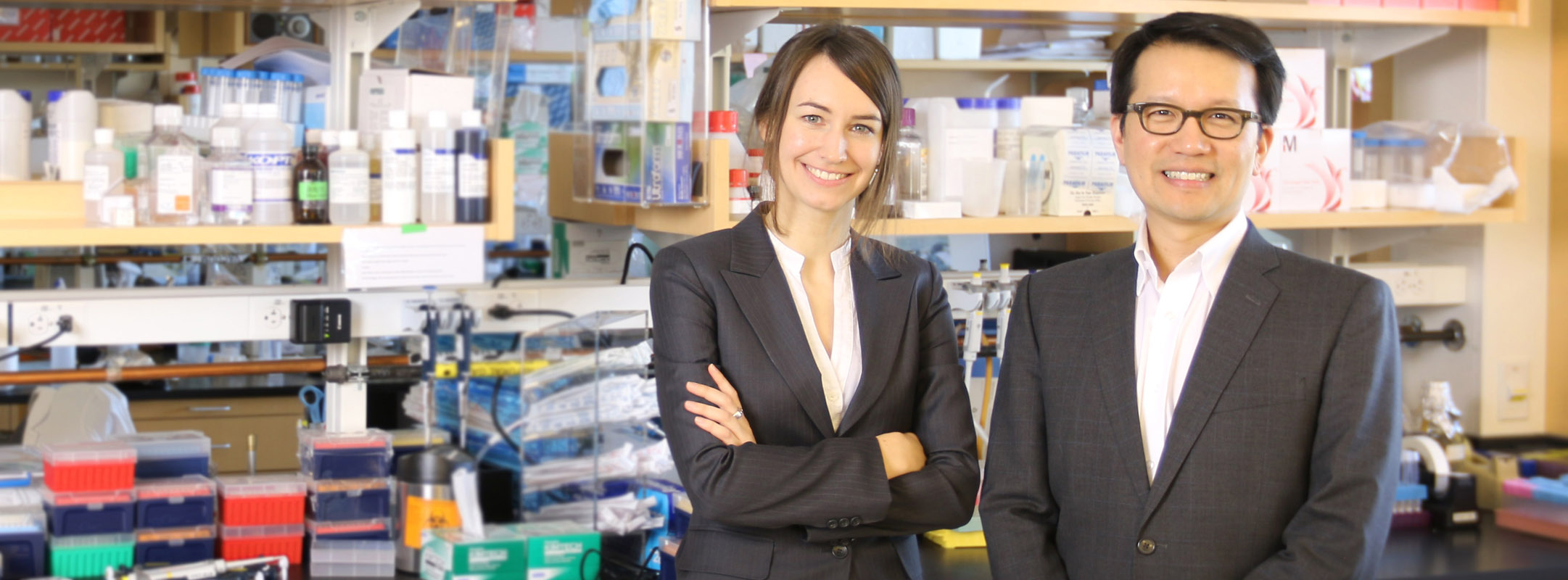More diverse vaginal microbiomes in South African women may underlie increased risk
CAMBRIDGE, Mass. – A team of researchers from the Massachusetts General Hospital (MGH) and the Ragon Institute of Mass General, MIT, and Harvard has found that the most common bacterial community in the genital tract of healthy South African women is associated with a more than four-fold increase in the risk of acquiring HIV. In a paper appearing January 10th in the journal Immunity, the investigators report that women with specific high-risk vaginal bacterial communities not only acquired HIV at higher rates but also had increased inflammation and a greater number of HIV target cells in their reproductive tract.
“Higher numbers of HIV target cells at the initial site of exposure has been shown to increase the risk of infection and thus constitutes a likely biological mechanism for the observed increase in HIV risk,” says Douglas Kwon, MD, PhD, of the Ragon Institute and the MGH Division of Infectious Diseases, senior author of the report.
The study enrolled 236 HIV-uninfected young black women participating in a poverty alleviation program in Umlazi, South Africa, who were followed for an average of 336 days. Using advanced methods to sequence the vaginal microbiome, the investigators found that almost 60 percent of women had highly diverse bacterial communities while the minority had the type of Lactobacillus-dominant bacterial population typically seen in healthy white women in developed countries.
Based on this information, the researchers grouped the genital samples they studied into four community types – referred to as “cervicotypes” – two of which were characterized by highly diverse, low- Lactobacillus bacterial populations. They then monitored HIV infection rates within these groups during the following year and found a four times greater incidence of HIV acquisition among women with diverse anaerobic bacterial communities, compared to those with Lactobacillus-dominant microbiomes. This increased risk was independent of other factors, including the presence of sexually transmitted infections, the use of condoms, and sexual behavior.
The investigators further identified specific bacterial species associated with increased or reduced HIV acquisition risk and showed that introducing high-risk bacteria into the vaginas of mice increased numbers of the activated CD4 T cells that are the virus’s primary target, establishing a direct link between the high-risk bacteria and a known biological marker of HIV susceptibility.
“Our findings demonstrate the importance of considering the genital microbiome in the development of new strategies to reduce HIV acquisition in women living in sub-Saharan Africa,” says lead author Christina Gosmann, PhD, of the Ragon Institute. “By identifying both bacterial communities and individual bacterial species associated with HIV risk, we can provide specific targets for the development of preventive strategies. In addition, treatments targeting genital bacteria could improve the effectiveness of existing preventive measures.”
Kwon adds, “Understanding the impact of differences in the genital microbial population could also have important implications for pregnant women and their infants. Some of the risk-associated pro-inflammatory bacteria that we found in our study may also contribute to poor reproductive outcomes, such as premature birth and other complications of pregnancy.” The research team is now investigating how to leverage the genital microbiome to reduce HIV risk and improve the efficacy of existing preventative measures.
Kwon is an assistant professor of Medicine and Gosmann is a research fellow at Harvard Medical School. Support for the study includes grants from the Bill and Melinda Gates Foundation; the Burroughs Wellcome Fund; International AIDS Vaccine Initiative grant UKZNRSA1001; National Institute for Allergy and Infectious Diseases grants 1R01AI111918, R01AI067073, and AI1113217; National Institute of General Medical Sciences grant T32GM007753, and the Harvard Center for AIDS Research.


 Ragon Institute
Ragon Institute 